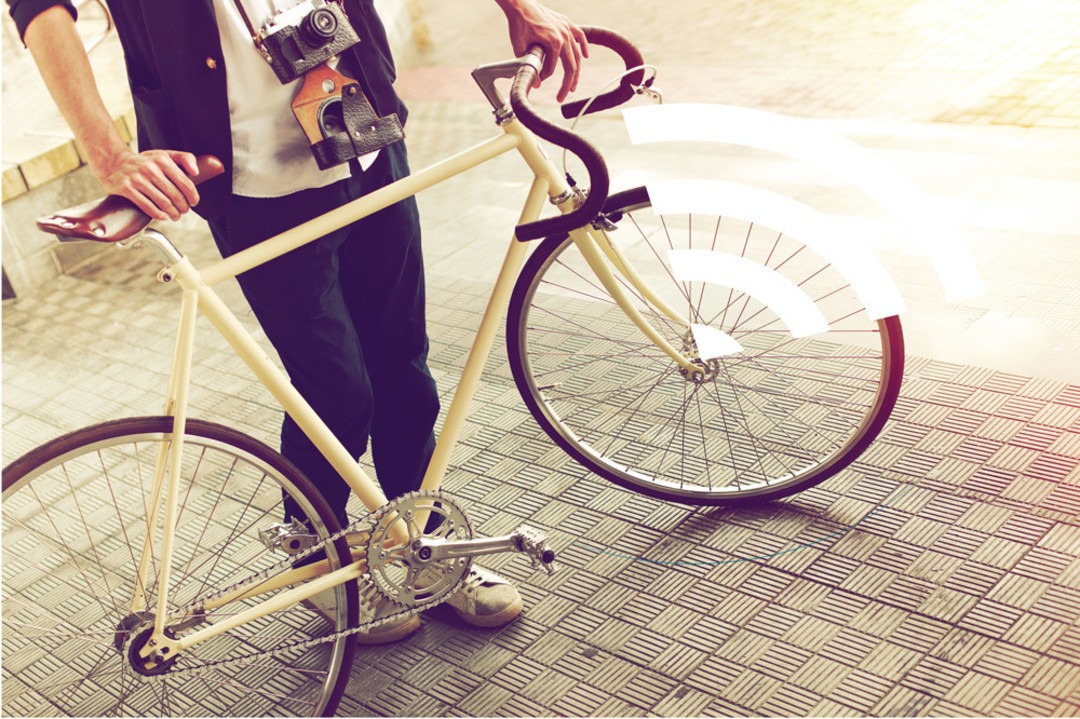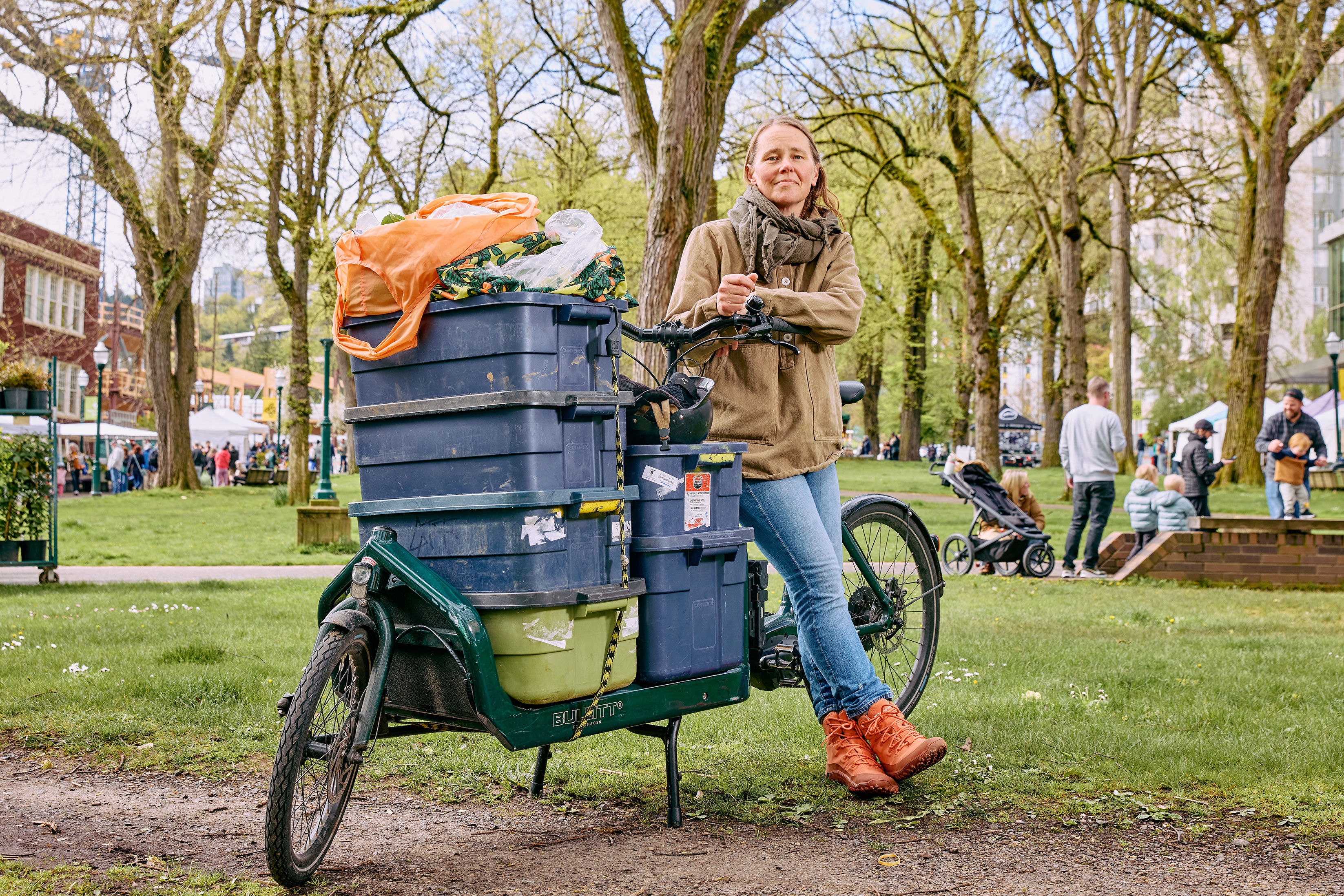The App That Will Reshape Cycling in Portland

Image: solominviktor
The urban planner’s dream: a “smart city,” a connected, living place that can sense and study the habits of its citizens, and adapt to serve them better. But when it comes to bike infrastructure, Portland’s planners still count cyclists by pressure-sensitive hoses installed on bridges or by using paper-and-pen tallies, gathered once a year at over 200 locations by clipboard-wielding humans. These methods have limits.
“We just don’t have enough bicycle data,” says Margi Bradway, active transportation manager at the Portland Bureau of Transportation. “For motor vehicles we know how to evaluate the flow of traffic at intersections, but we don’t have a way to measure it for bikes.”
This summer PBOT will release a mobile app, Ride, as part of the effort to fill that void. Created with local startup Knock and funded partially through a city grant, Ride will use GPS to (anonymously) track the preferred routes and behaviors of the cyclists who have the app, while 200 new, underground sensors placed throughout the city will count all cyclists who roll over them, whether they’re carrying a Ride-equipped phone or not. Together, these two pieces of information will show how cyclists actually navigate the city and guide the planning of bike lanes, routes, and signals, for instance.
Last year, the Oregon Department of Transportation bought $20,000 worth of trip data from popular exercise app Strava, which allows cyclists with GPS to virtually race others while biking on real streets. But Portland planners worried the data wouldn’t represent the needs of lower-income riders and commuters—a concern that also plagues the city’s manual counts, which focus only on the city center and peak travel hours. PBOT’s program, in contrast, will update continuously and in real time, even allowing app users to share “emotional” data by giving each route a thumbs up or down. Knock cofounder William Henderson says that future versions of Ride could recommend routes to
users based on previous ratings or on other data about a person’s habits, like the average speed at which they bike.
“It’s exciting to think that if we changed traffic, we could know how people feel about that,” notes Henderson. “With that data you can also create rider profiles and give information like ‘people like you liked this route.’”
The city hasn’t yet revealed a specific launch date, but it will be testing the software and counters this spring.
“We’re not going to get it right the first time, says Bradway. “But this is a true public-private partnership that has big potential.”




